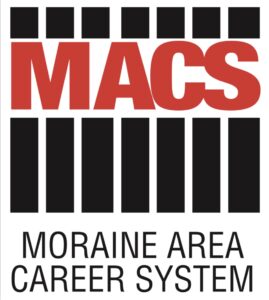The Higher Learning Commission (HLC) has announced that it has adopted a new Faculty Qualifications policy that will have an impact on dual enrollment.
In 2015, HLC announced new faculty credentialing policies that required HLC-accredited institutions operating dual enrollment programs using high school teachers to ensure those high school teachers had a masters degree in the content-specific discipline they were teaching or at least 18 graduate credits in that discipline. HLC provided a grace period for the new requirements to come into effect, and earlier this year extended the transition period to 2025.
The new policy replaces that requirement. Under the new policy, colleges will be responsible for deciding their faculty credentialing requirements, and must apply those requirements consistently across its faculty, inclusive of on-campus and dual enrollment faculty. This allows colleges to decide to continue to use the previous standards, or to adopt new faculty qualification standards (which may include equivalent experience), but that will now be a decision of the college and not set at the accreditor level.
In addition to the new policy language, HLC has released new guidelines on faculty qualifications and specifically for dual credit.
This is a big change (again!) for dual enrollment faculty credentialing standards for many states and dual enrollment programs where the college partner receives its accreditation from HLC. The new standards for HLC are very similar to those currently in place under SACSCOC.
CHSA will continue to support policy discussions related to instructor credentialing that promote equitable access to high-quality dual enrollment programs. Our paper from last year, Building a Concurrent Enrollment Teacher Pipeline: Opportunities, Challenges and Lessons contains more information on our thinking on instructor credentialing and dual enrollment.
